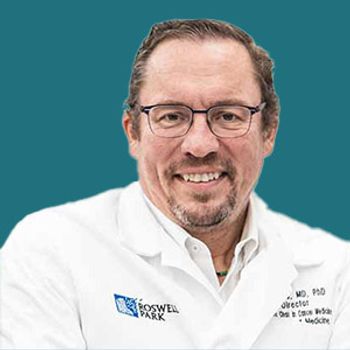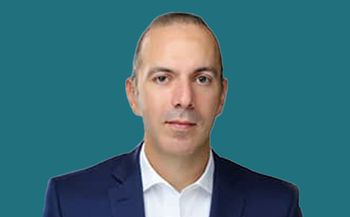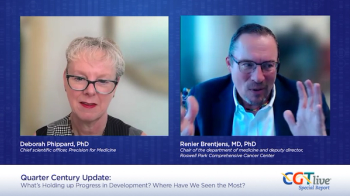
Bella Neufeld, PhD, on Streamlining Buffer Selection for AAV Gene Therapy Manufacturing Process Development
The director of research and development at Teknova discussed the company’s new screening kit and its potential to speed up AAV gene therapy development.
“We’re excited about the promise of gene therapy and I think specifically when it comes to AAV there's great promise in the field to cure diseases that were never thought to be curable before. Ultimately, our piece to this larger puzzle is helping our customers accelerate their breakthroughs faster—get to the clinic faster. Within the process development world, there are a lot of pieces that need to be figured out. This is one piece—one solution that will help you get there faster—ultimately leading to patients’ health and all that comes with the promise of gene therapy. But we really have to get more drugs in the pipeline to really see that to its full reality and I think this is, again, one piece of that puzzle to help you get there faster.”
Although adeno-associated virus (AAV) vector-based gene therapies have already had a transformative impact on the treatment landscape for several inherited diseases and have the potential to impact many more in the future, the AAV vector-based approach carries some inherent difficulties. One such challenge is the barrier to standardization in development and manufacturing processes. Most AAV vector-based gene therapies incorporate unique aspects in the transgene or AAV capsid requiring unique processes for manufacturing. This complicates transfer or reuse of technologies between different gene therapy development programs.
Teknova is attempting to simplify AAV vector-based gene therapy process development by addressing certain pain points in this space. The company recently announced a new line of products for this purpose, the first of which is directed at streamlining the process of selecting buffer formulations for the polishing step within the AAV workflow.
In an interview with CGTLive™, Bella Neufeld, PhD, the director of research and development at Teknova, discussed the company’s new AAV-Tek AEX Buffer Screening Kit and how it could potentially impact gene therapy development. She described how the kit works, noting the critical importance of buffer selection on the outcome of the polishing step. Neufeld also emphasized the necessity of addressing development process challenges like this in order to bring new treatments to patients faster.
REFERENCE
Teknova launches proprietary AAV-Tek™ solutions gene therapy product line to accelerate the development of AAV therapies. News release. Alpha Teknova, Inc. May 2, 2023. Accessed June 26, 2023. https://ir.teknova.com/news-releases/news-release-details/teknova-launches-proprietary-aav-tektm-solutions-gene-therapy
Newsletter
Stay at the forefront of cutting-edge science with CGT—your direct line to expert insights, breakthrough data, and real-time coverage of the latest advancements in cell and gene therapy.










































